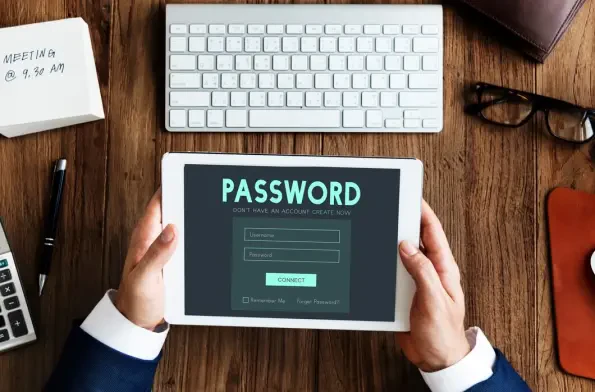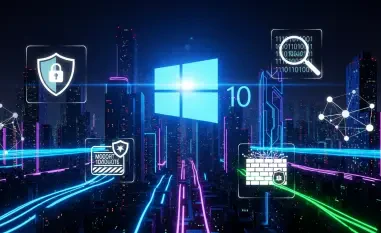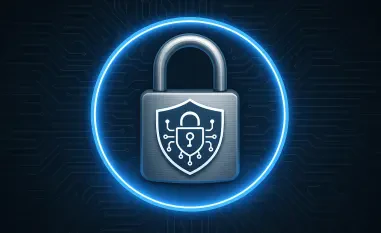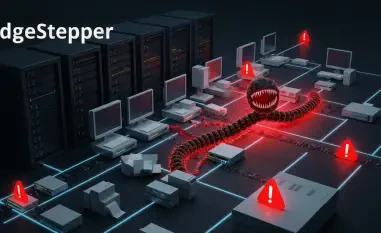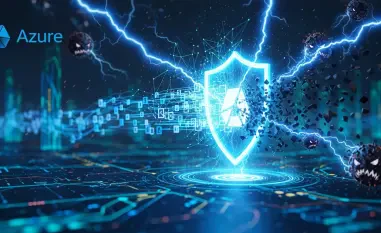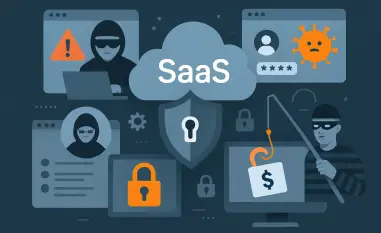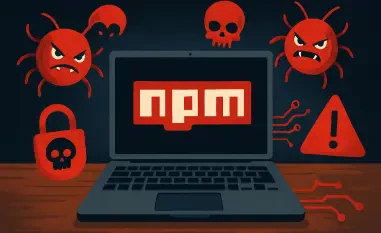In a digital landscape where cybersecurity threats loom larger than ever, a recent security breach at SonicWall has raised alarms for a segment of its customer base, prompting urgent action to safeguard sensitive data. This network security company, known for its firewall solutions, disclosed that unauthorized access to cloud backup files has potentially exposed critical information for less than 5% of its users. The incident, characterized by suspicious activity targeting MySonicWall accounts, has led to a swift response from the company, including a strong recommendation for affected customers to reset their credentials. While the breach did not involve ransomware, the accessed files contained encrypted data that could still aid attackers in exploiting related firewalls. This situation underscores the persistent vulnerabilities in cloud storage and the importance of robust security measures. As details unfold, understanding the scope of this breach and the necessary protective steps becomes paramount for impacted users and the broader cybersecurity community.
1. Understanding the Nature of the Breach
The breach at SonicWall involved unauthorized access to firewall configuration backup files stored in the cloud, specifically targeting MySonicWall accounts. The company detected suspicious activity indicating that threat actors employed brute-force attacks to gain entry to these preference files. Although the credentials within these files were encrypted, additional information included in them could potentially simplify exploitation attempts on associated firewalls. Importantly, SonicWall has stated that there is no evidence of the compromised files being leaked online by the attackers. This incident was not classified as a ransomware attack but rather a deliberate attempt to access sensitive backup data for possible future malicious use. The exact identity of the perpetrators remains unknown, adding a layer of uncertainty to the situation. For affected customers, this breach highlights the critical need to scrutinize cloud storage security and recognize the sophisticated methods attackers use to bypass defenses, even when encryption is in place.
SonicWall’s response to the breach has been to alert less than 5% of its customer base about the potential risks stemming from this incident. The focus on a small percentage of users does not diminish the severity of the situation, as the accessed files could still provide attackers with valuable insights into firewall configurations. The company emphasized that the breach was isolated to specific backup preference files and did not impact the broader network infrastructure. This targeted approach by threat actors suggests a calculated effort to exploit specific vulnerabilities rather than a widespread assault on SonicWall’s systems. Customers are now faced with the challenge of assessing whether their accounts were among those compromised and taking immediate steps to mitigate risks. The incident serves as a reminder that even encrypted data, when paired with contextual information, can become a tool for attackers. This breach illustrates the evolving tactics of cybercriminals and the importance of continuous monitoring for unusual activity within cloud-based services.
2. Recommended Actions for Affected Customers
In light of the security breach, SonicWall has issued clear guidance for affected customers to protect their systems and prevent potential exploitation. Users are urged to log into MySonicWall.com to check if cloud backups are enabled and to verify if their firewall serial numbers have been flagged as compromised. The company advises initiating containment measures such as restricting access to services from wide area networks (WAN), disabling HTTP/HTTPS/SSH management access, and turning off SSL VPN and IPsec VPN functionalities. Additionally, resetting passwords and time-based one-time passwords (TOTPs) saved on the firewall is strongly recommended, alongside a thorough review of logs and recent configuration changes for any signs of unusual activity. These steps are designed to limit exposure and secure systems against further unauthorized access. SonicWall’s proactive communication aims to empower customers with the tools needed to safeguard their environments amidst this breach.
Beyond immediate containment, SonicWall has provided affected users with modified preference files to import into their firewalls, incorporating enhanced security features. These updated files include randomized passwords for all local users, reset TOTP bindings if previously enabled, and randomized IPsec VPN keys to bolster protection. The company noted that these modified files are based on the most recent preference files found in cloud storage, but cautioned users against importing them if they do not reflect desired settings. This measure ensures that customers can restore secure configurations without risking the integrity of their systems. For those impacted, following these remediation steps is crucial to prevent attackers from leveraging any accessed data. The breach also serves as a broader lesson on the importance of regularly updating security settings and maintaining vigilance over backup files. Customers must act swiftly to implement these changes and monitor their networks for any lingering threats that could emerge from this incident.
3. Broader Implications and Ongoing Threats
The SonicWall breach is not an isolated event but part of a larger pattern of cybersecurity threats targeting network security devices. Threat actors, including those linked to the Akira ransomware group, have been exploiting unpatched SonicWall devices to gain initial access to target networks. A known security flaw, identified as CVE-2024-40766 with a critical CVSS score of 9.3, has been a frequent entry point for such attacks. This vulnerability highlights the persistent risks associated with outdated software and the urgent need for timely patches. Beyond this specific breach, the exploitation of SonicWall VPNs in ransomware incidents reveals how attackers can use exposed recovery codes to bypass multi-factor authentication (MFA) and disable endpoint protections. Such tactics demonstrate the sophistication of modern cyber threats and the necessity for organizations to treat recovery codes with the same caution as privileged account credentials, ensuring they are not easily accessible to malicious entities.
Another concerning aspect of ongoing threats is the potential for attackers to manipulate security tools once access is gained. In a documented Akira ransomware incident, threat actors accessed recovery codes to log into security portals, close alerts, and attempt to uninstall endpoint detection and response (EDR) agents. This level of control allows attackers to blind organizations to their activities, leaving systems vulnerable to further compromise. The SonicWall breach and related incidents underscore the importance of layered security defenses and the need for continuous updates to address emerging vulnerabilities. Organizations must prioritize regular audits of their security posture, ensuring that all devices are patched and that access controls are strictly enforced. As cybercriminals refine their methods, staying ahead requires a proactive approach to cybersecurity, emphasizing both prevention and rapid response to mitigate the impact of breaches like the one SonicWall encountered.
4. Strengthening Defenses Moving Forward
Reflecting on the SonicWall breach, it becomes evident that the immediate actions taken by the company and its customers played a critical role in limiting potential damage. The urgency with which password resets and system lockdowns were implemented helped curb the risk of further exploitation. Looking ahead, organizations using SonicWall products or similar network security solutions should consider adopting more stringent backup policies, ensuring that sensitive data stored in the cloud is encrypted and access is tightly controlled. Exploring advanced threat detection tools to identify brute-force attempts early can also prevent similar incidents. Additionally, regular training for IT teams on recognizing and responding to suspicious activity proves to be a valuable step in fortifying defenses. As the cybersecurity landscape continues to evolve, sharing lessons learned from this breach with the wider community can foster better practices and enhance collective resilience against future threats.
